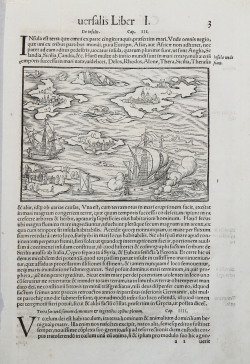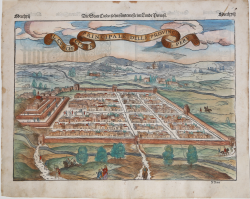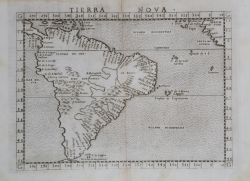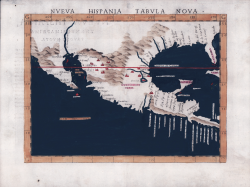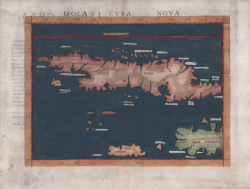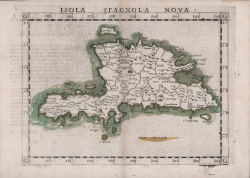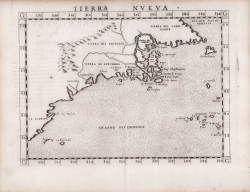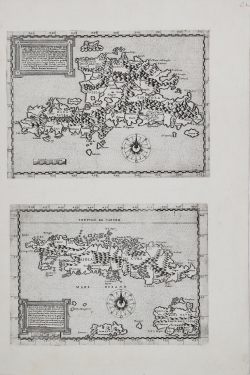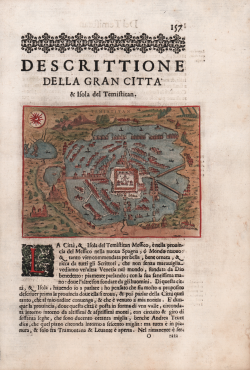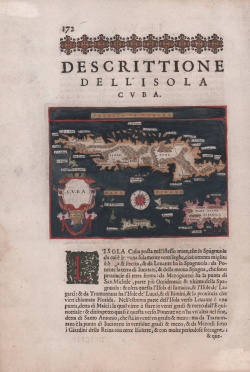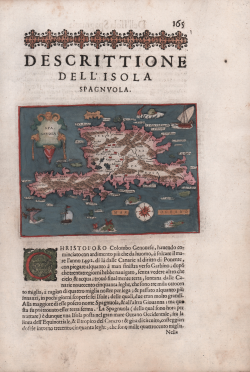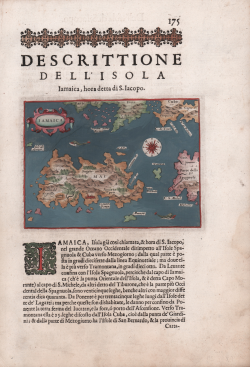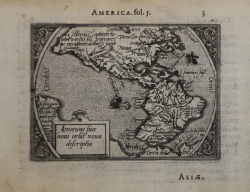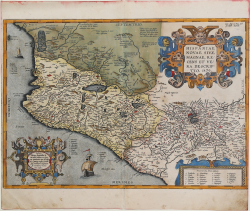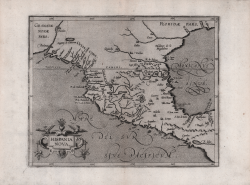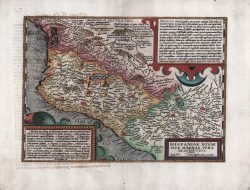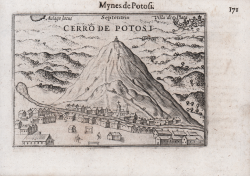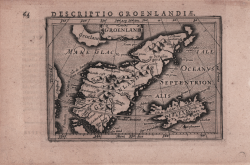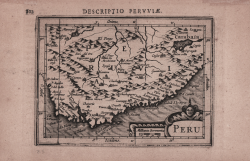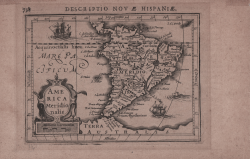Il Cuscho Citta Principale Della Provincia Del Peru
Sebastian Münster
Code:
S37759
Measures:
420 x 340 mm
Year:
1556 ca.
Printed:
Basle
Nueva Hispania Tabula Nova
Girolamo RUSCELLI
Code:
S11219
Measures:
245 x 185 mm
Year:
1561 ca.
Printed:
Venice
Isola Cuba Nova
Girolamo RUSCELLI
Code:
S11221
Measures:
270 x 190 mm
Year:
1561 ca.
Printed:
Venice
Isola Spagnola Nova
Girolamo RUSCELLI
Code:
s28374
Measures:
270 x 190 mm
Year:
1561 ca.
Printed:
Venice
L’Isola Spagnola - L’Isola Cuba
Paolo FORLANI
Code:
S27086
Measures:
188 x 258 mm
Year:
1564
Printed:
Venice
Descrittione della Gran Città & Isola del Temistitan
Tommaso PORCACCHI
Code:
ms5836
Measures:
145 x 110 mm
Year:
1572 ca.
Printed:
Venice
Descrittione dell'isola Cuba
Tommaso PORCACCHI
Code:
MS5828
Measures:
145 x 110 mm
Year:
1572 ca.
Printed:
Venice
Descrittione dell'Isola Spagnvola
Tommaso PORCACCHI
Code:
MS5827
Measures:
150 x 100 mm
Year:
1572 ca.
Printed:
Venice
Descrittione dell'isola Iamaica, hora detta di S. Iacopo
Tommaso PORCACCHI
Code:
MS5829
Measures:
145 x 110 mm
Year:
1576 ca.
Printed:
Venice
Americae sive novi Orbis nova descriptio
Abraham ORTELIUS - Philip GALLE
Code:
S33909
Measures:
110 x 80 mm
Year:
1577 ca.
Printed:
Antwerpen
Hispaniae Novae sivae Magnae Recens descriptio
Abraham ORTELIUS
Code:
MMS378
Measures:
500 x 340 mm
Year:
1579 ca.
Printed:
Antwerpen
Hispaniae Novae Sive Magnae Vera Descriptio
Mattheus QUAD
Code:
S36131
Measures:
302 x 215 mm
Year:
1608 ca.
Printed:
Cologne
Descriptio Groenlandiae
Jodocus HONDIUS Jr.
Code:
ms2200
Measures:
135 x 95 mm
Year:
1616 ca.
Printed:
Amsterdam
America Meridionalis
Jodocus HONDIUS Jr.
Code:
ms2408
Measures:
135 x 100 mm
Year:
1616 ca.
Printed:
Amsterdam

